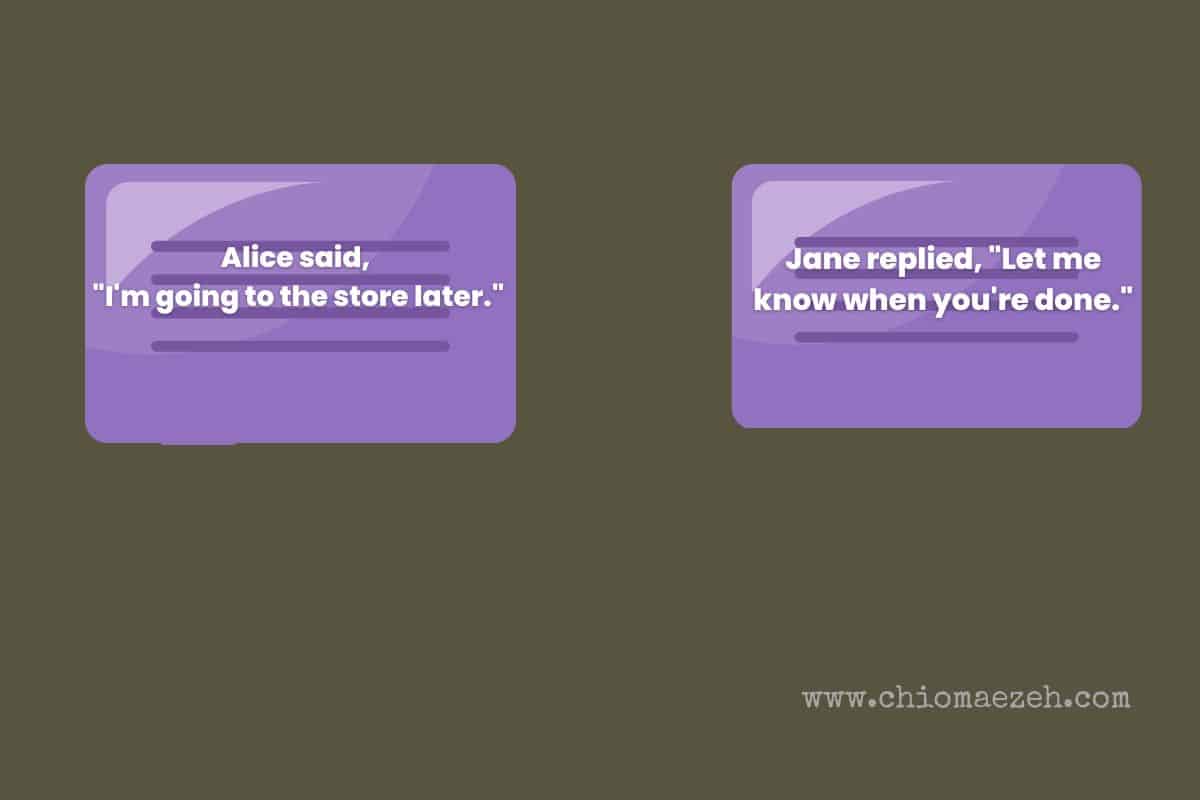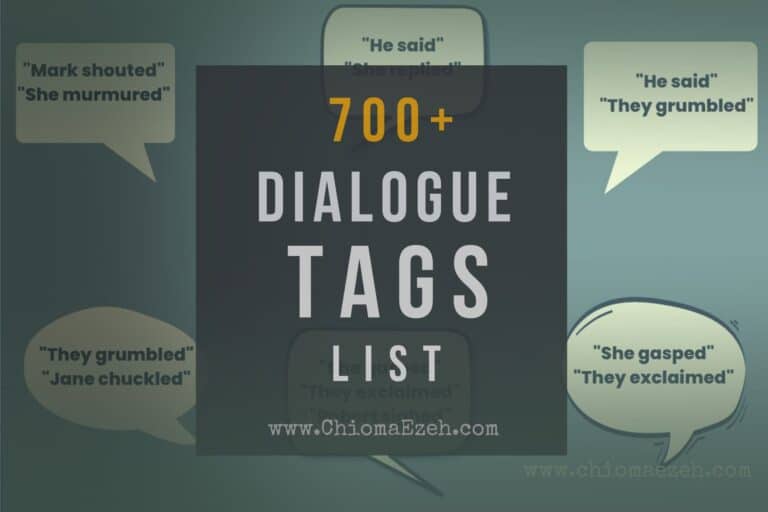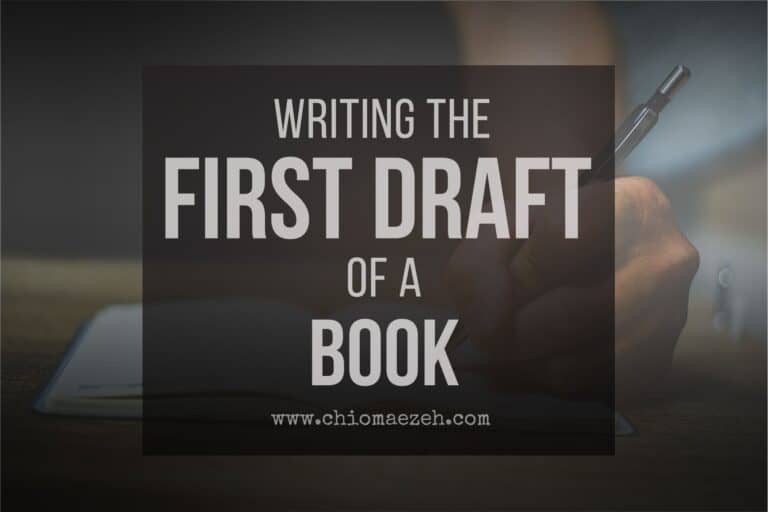How To Space Dialogue In A Story: 9 Formatting Tips
Spacing dialogue effectively in a story is crucial for maintaining the reader’s engagement and ensuring a smooth narrative flow. Properly spaced dialogue can make it easier for readers to follow conversations, distinguish between characters, and understand the story’s context.
In this article, we will discuss how to space dialogue in a story, provide examples for each tip, and explain why they are important. We will also provide additional tips to help you improve your dialogue writing skills.
👉See our overview guide to writing dialogue for authors

Let’s Talk
Are you a writer aspiring to pen a masterpiece that never fails to captivate? Look no further. Reach out to us and uncover how we can help you to take your writing to unprecedented heights!

Why is it Important to Space Dialogue?
Spacing dialogue correctly is important for several reasons:
- Clarity: Properly spaced dialogue ensures that readers can easily follow the conversation. This prevents confusion about who is speaking or what is being said.
- Readability: Well-spaced dialogue enhances the reading experience. It makes it visually appealing and easier to navigate.
- Pacing: Spacing dialogue appropriately can impact the pacing of your story. This is because dialogue-heavy scenes may require more frequent breaks to allow readers to digest the information.
- Balance: Spacing dialogue effectively helps balance dialogue, action, and description, ensuring your story flows smoothly and maintains reader interest.
How To Space Dialogue In A Story
Spacing dialogue in a story is essential because it helps the reader follow the conversation and understand the story. This article provides tips on how to space dialogue in a story.
1. Add a new line for each new speaker
When writing dialogue, it’s essential to start a new line or paragraph every time a different character begins speaking. This makes it clear to the reader who is speaking and prevents confusion. It also helps maintain the flow of the conversation and makes the dialogue more visually appealing on the page.
Example:
“Hey, how’s it going?” John asked.
“I’m doing well, thanks for asking,” replied Mary.
Another Example is:
“Hey, where are you going?” asked Sarah.
“To the store,” replied Tom. “We’re out of milk.”
In this example, the dialogue is spaced correctly by starting a new line for each speaker. This indicates who is speaking and makes the conversation easy to follow.
2. Add a space between each sentence of a paragraph
Properly spacing sentences within a paragraph can improve readability and ensure the text is easy to follow. Add a space after each sentence to separate thoughts and ideas, making it clear where one sentence ends, and the next begins.
Example:
“I don’t know what to do,” said Jane.
John walked into the room. He glanced around, taking in the familiar surroundings. “Take your time,” replied John.
In this example, there is a space between the two sentences in the paragraph, making it easier for the reader to follow the narrative.
3. add an extra line or two between their sentences
In some cases, you might want to add an extra line or two between characters’ sentences to emphasize a pause or create a more dramatic effect. This can be particularly useful when writing a tense or emotionally charged scene.
Example:
“Get out!” she yelled, her face flushed with anger.
He stared at her for a moment, his eyes wide with shock.
In this example, the extra line between the characters’ sentences creates a pause, heightening the scene’s drama.
4. Avoid Large Chunks of Dialogue:
Break up lengthy dialogue or monologues with action beats, internal thoughts, or reactions from other characters. This maintains reader engagement and prevents dialogue from becoming overwhelming.
Example:
“I can’t do this anymore,” Sarah said, her voice shaking. “Every day, it feels like I’m just going through the motions. I need a change.” She paused, taking a deep breath. “I’ve decided to move across the country and start fresh.”
5. Vary Dialogue Length:
Mixing short and long lines of dialogue can help create a natural flow and rhythm in your conversations. Varying dialogue length also prevents monotony and maintains reader interest.
Example:
“Are you okay?” asked Amy.
“I’m fine,” replied Lisa, wiping away a tear. “Just a little overwhelmed, that’s all.”
6. Break up lengthy dialogue with action beats
Lengthy dialogue can sometimes be overwhelming for readers. To maintain interest, break up long stretches of dialogue by incorporating action beats into the scene.
Action beats are physical actions or gestures that accompany dialogue. Action beats can provide context, reveal emotion, or indicate who is speaking.
Example:
“I don’t understand why you’re so upset,” he said, running his hand through his hair. “I thought we agreed on this.”
In this example, the action beat (“running his hand through his hair”) breaks up the dialogue and adds an emotional context to the character’s words.
7. Break up dialogue with internal thoughts
Including a character’s inner thoughts within dialogue can add depth and insight into their emotions, motivations, and decision-making processes. This can also break up dialogue and provide a more nuanced understanding of the character.
Example:
“I’m fine,” she lied, forcing a smile. I can’t believe he doesn’t see how much this hurts me.
In this example, the character’s internal thought breaks up the dialogue and provides insight into her true feelings.
8. Break up dialogue with scene description
Descriptive details about the setting or environment can help immerse the reader in the story and break up dialogue. Incorporating scene descriptions can provide context for the conversation and enhance the atmosphere of the scene.
Example:
The sun was setting, casting a warm golden light over the park. “I’ve always loved coming here,” she said wistfully.
In this example, the scene description helps break up the dialogue and sets the mood for the conversation.
9. Break up dialogue with reactions from other characters
Incorporating reactions from other characters can provide a more dynamic and engaging dialogue experience. By showing how other characters respond to what’s being said, you can create a more immersive and believable scene.
Example:
“I can’t believe you did that,” she said, shock evident in her voice.
He looked away, guilt washing over him. “I didn’t mean for it to happen.”
In this example, the character’s reaction (looking away and feeling guilt) breaks up the dialogue and adds depth to the conversation, making it more engaging for the reader.
More Tips on How To Space Dialogue In A Story
In addition to the tips above, remember to use a consistent style and format throughout your story, avoid overusing dialogue tags, and ensure your dialogue sounds natural and believable.
By keeping these tips in mind and practicing proper dialogue-writing, you can create engaging and well-spaced conversations that captivate your readers.
FAQs on How To Space Dialogue In A Story
How Do I Know When To Start A New Paragraph In Dialogue?
Start a new paragraph each time a different character begins speaking. This makes it clear to the reader who is speaking and prevents confusion.
How Can I Make My Dialogue More Engaging?
To make dialogue more engaging, ensure it sounds natural and believable, use action beats and internal thoughts to break up lengthy dialogue, and incorporate scene descriptions and character reactions to add depth and context to the conversation.
Should I Always Use Dialogue Tags?
Use dialogue tags sparingly, and rely on context, action beats, and character reactions to indicate who is speaking. Overusing dialogue tags can be distracting and detract from the content of the conversation.
Final Notes On How To Space Dialogue In A Story
Spacing dialogue effectively in a story is essential for creating engaging and immersive conversations that draw readers into your narrative.
With the tips in this article, such as starting a new line for each speaker, breaking up lengthy dialogue with action beats and internal thoughts, and incorporating scene descriptions and character reactions, you can create well-spaced dialogue that enhances your story captivates your readers. Practice and refine your dialogue-writing skills to continually improve your storytelling abilities.




![5 Types Of Outer Dialogue You Should Know [Free Template]](https://chiomaezeh.com/wp-content/uploads/2023/03/types-of-outer-dialogue-768x512.jpg)

